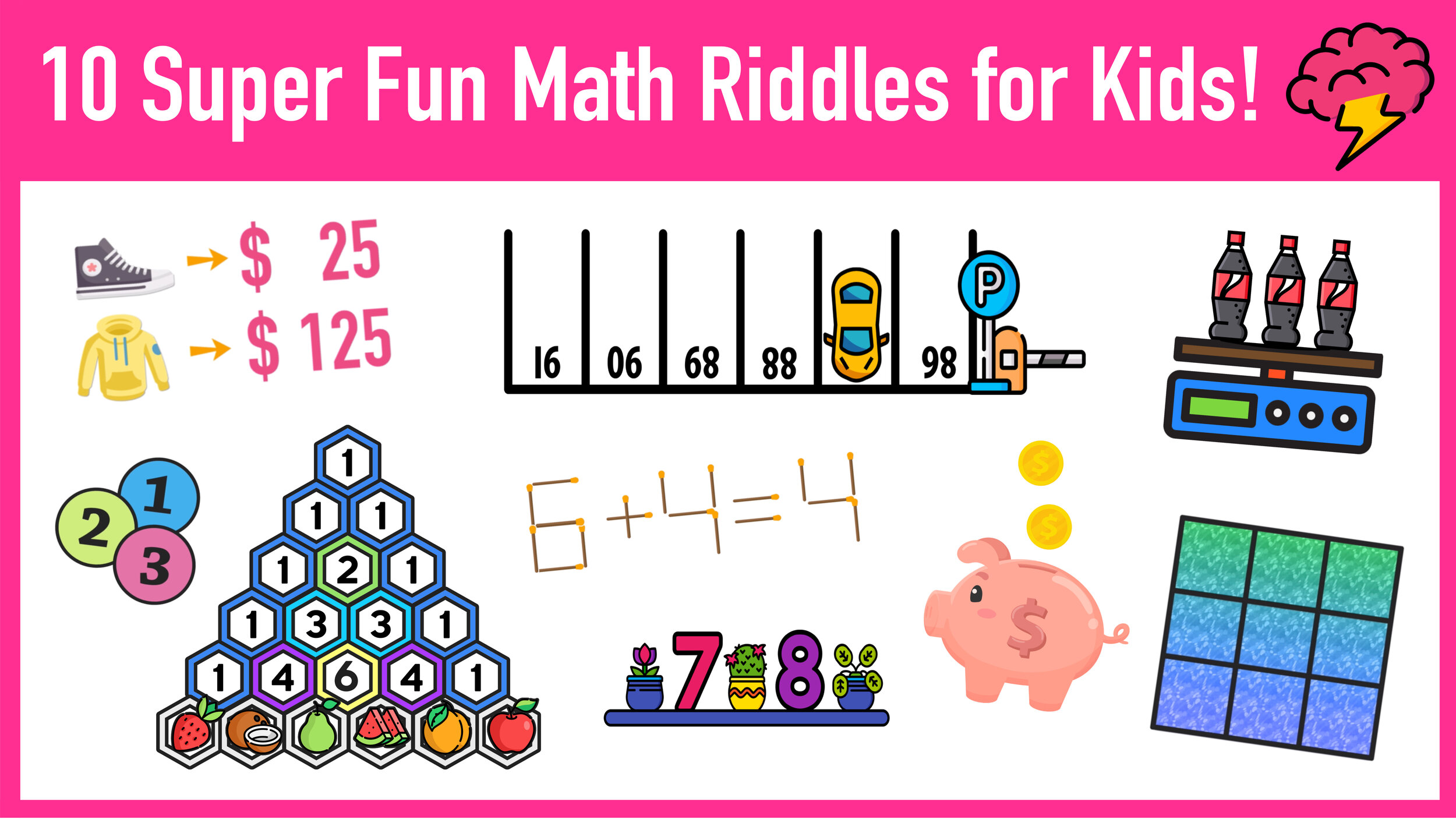What is a Number Bond?
Number Bond Definition
What is a number bond? A number bond is a simple visual math aid that is used to show a given number can be represented as the sum of two numbers.
Do you want free K-8 math resources in your inbox every week? Click here to join our mailing list
Number Bond Example: 5
Let’s take a closer look at the number 5. You know that the number 5 can be thought of as the sum of 4 and 1, the sum of 3 and 2, or the sum of 5 and 0. In terms of number bonds, these different ways of expressing the number 5 as the composite sum of two numbers can be visually represented using number bonds as follows:
And, since addition is commutative, meaning that the order of the terms does not matter (e.g. 2+3=5 and 3+2=5), you can also express the above number bonds in reverse order as follows:
Looking to learn more about the commutative math property? Click here to access our free step-by-step guide
Now that you understand what number bonds are and what they represent, it’s time to explore why they are such a useful tool for helping your students to develop strong number sense and fluency with performing operations on numbers.
For starters, the visual nature of number bonds is an excellent way to help students to conceptualize numbers and how they can be expressed as a composite sum of two numbers. By understanding this composite nature of numbers, students are better equipped to perform mental math quickly and accurately and perform advanced operations.
For example, imagine a student becoming familiar with the following number bonds for 10:
With this understanding, a student could easily and accurately solve an expanded addition problem by combining terms that equal 10 as follows:
Number Bond Example: Number Bonds to 10
Now that you understand the value of having your students practice and understand number bonds, you can start by focusing on number bonds to 10. The diagram below shows the number bonds to 10.
Free Number Bonds Worksheet
Are you looking for free printable number bonds worksheets (with answer keys included) that will give your students plenty of practice with completing number bonds to 10? If so, use the links below to download your free pdf number bonds worksheet.
➔ Click here to download your free Number Bonds worksheet
Subtraction Number Bonds
Everything related to number bonds that we have covered so far have related to the fact that number bonds represent how a number can be expressed as the sum of two other numbers. But what about subtraction? We know that addition and subtraction share an inverse relationship. This inverse relationship can be explored via number bonds (note that this is an advanced step that should not be explored until your students have completely mastered the number bonds to 10 and possibly beyond.
Number Bond Example 03: Subtraction
For example, how could a student use her understanding of number bonds to solve the problem 10 - ___ = 7?
In this example, the student knows that one of the number bonds for 10 includes the number 7 and that the other number is 3 (because 7+3=10).
With this understanding in mind, it is a logical conclusion that 10 – 3 = 7 meaning that the missing number is 3.
This answer may seem extremely simple to find and you may even think that the use of a number bond is not even necessary. However, if we rewrite this problem as:
10 – X = 7 where x=3
We can see how understanding number bonds can apply to more advanced problems including high school level algebra.
Observe the diagram below that represents this application of subtraction number bonds:
Conclusion
Number bonds are simple visual tools that are used to show how a number can be represented as a composite sum of two other numbers. A number bond includes a whole number with two branches stemming from the number and leading to the two other numbers whose sum is equal to the original whole number. Number bonds are a valuable visual tool for helping students to practice and develop number sense, which is a critical foundational math skill that students will need to be successful at higher level of mathematics.
Do you want free K-8 math resources in your inbox every week? Click here to join our mailing list
Tags: number bond, number bonds to 10, number bond example, number bonds worksheet, number bonds to 10 worksheet, number bonds to 5, number bonds kindergarten, subtraction number bonds, complete the number bond
Share your thoughts in the comments section below!
(Never miss a Mashup Math blog--click here to get our weekly newsletter!)
By Anthony Persico
Anthony is the content crafter and head educator for YouTube's MashUp Math. You can often find me happily developing animated math lessons to share on my YouTube channel . Or spending way too much time at the gym or playing on my phone.



















